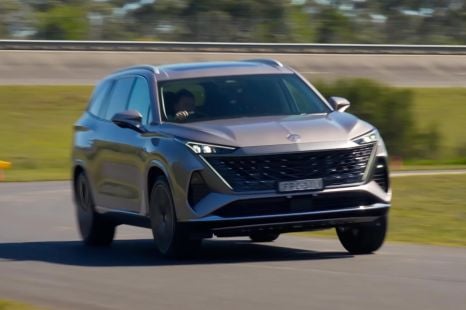

William Stopford
2026 MG QS review
4 Days Ago
Buying a new car is daunting, but here are 10 tips on how to get the most out of your test drive and head home with the right car.

Senior Journalist
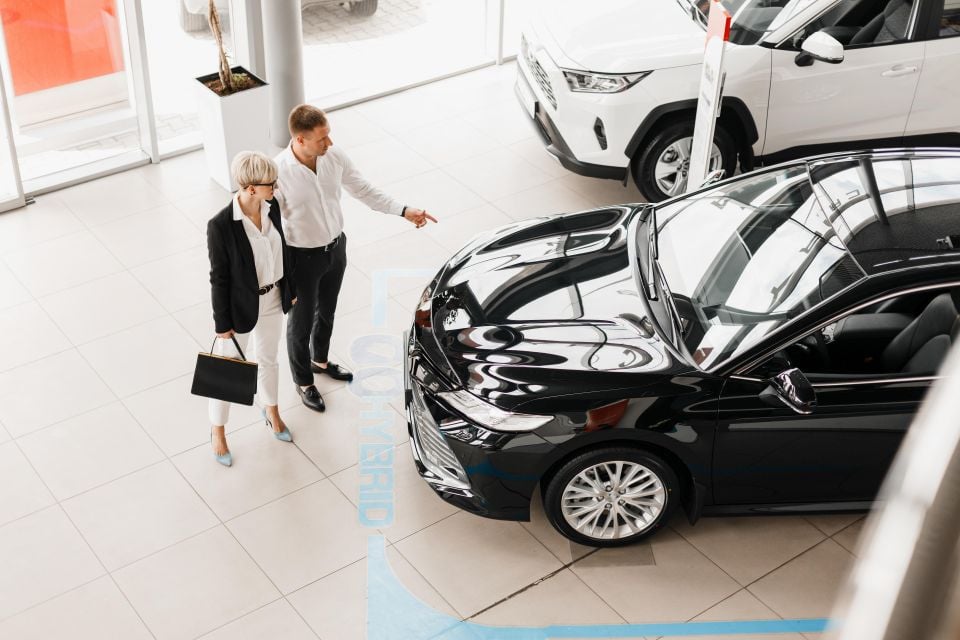

Senior Journalist
Nothing beats an old-fashioned test drive when you’re buying a new car.
It’s the chance to compare and contrast the contenders, after you’ve gone through all the preparation, to see what really works best for you.
The facts and figures can tell you plenty, but nothing beats old-fashioned seat time when you’re about to sign on the line for the second biggest purchase – after a house – of your life.
Many people discover something surprising – either good or bad – once they slide behind the wheel.

It could be a classy futuristic dashboard or an uncomfortable back seat, but the best advice of all is to drive your grand finalists for more than just a lap around the block with a salesperson sitting alongside you.
No one should neglect the lessons to be learned from a serious at-the-wheel comparison. There are plenty of horror stories about people who rushed a purchase and found a disastrous flaw once they got home – including a car without a spare tyre and a big family workhorse that didn’t fit into the garage.
CarExpert can help you through every step of the process of buying a new car, from the basic facts and figures to the final connection for the best deal. To find out more about how CarExpert can take the hassle out of buying, click here.

The first job in any car search is simple – set your budget.
The dollar deal is the most important thing of all, and it’s important to include on-road costs and any potential options to get a complete and realistic picture of your purchasing power.
Everything flows from here, from the size and style of your next set of wheels to something as basic as choosing either new or used.
Once you crunch the numbers, it’s time to head to the web.
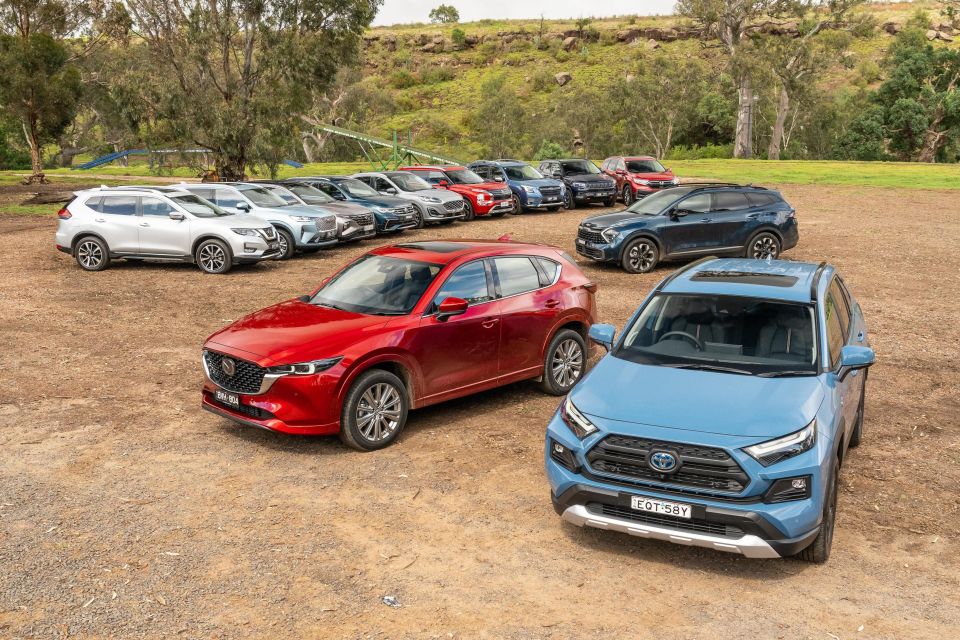
The digital world has made this process much easier, from the basics of price-powertrain-performance to the in-depth safety equipment and the size of the boot.
Don’t forget to check on the spare tyre situation if you do a lot of country driving.
There are impartial websites for safety and economy ratings, and most also include a comparison function, but the detailed research is best with the car companies’ official websites.
CarExpert has links to the facts and figures and, crucially, can give you a flavour for your contenders and also provide on-the-road comparison tests. If you’re timid, you can also look for owner reviews.
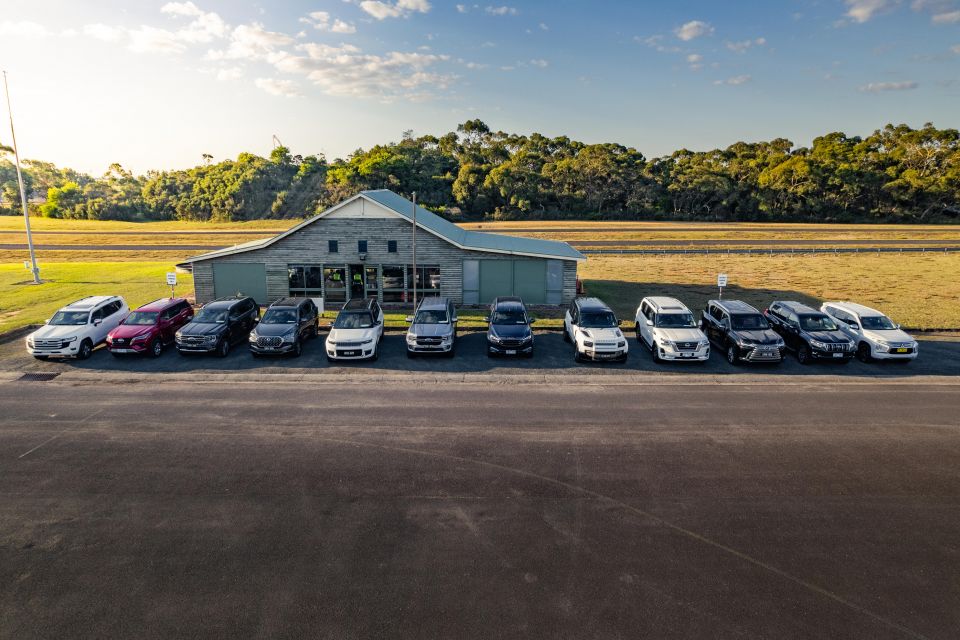
How many seats do you need? What about the engine?
Those are needs, not wants, and it’s important not to ignore your emotions.
You might dream about a Porsche, or the ultimate green machine, so look for something that ticks as many boxes as possible and gets you closest to your perfect car.
It could be a punchy sound system, or captain’s chairs for kids in the back of an SUV, or something as simple as a height-adjustable driver’s seat.
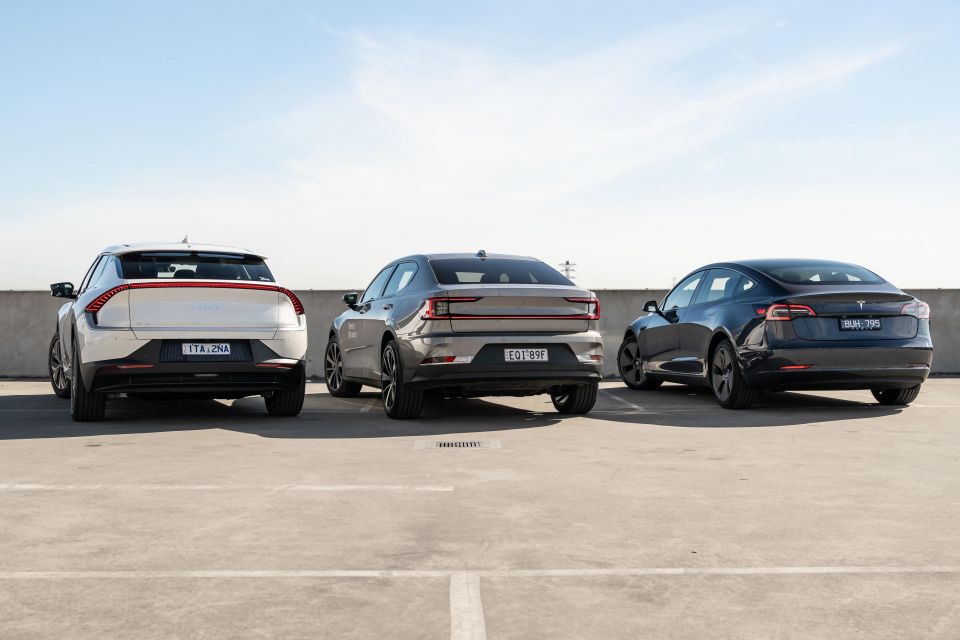
While dreaming you need to be practical at the same time. So drill right into the detailed specifications of your contenders.
Which model has the trim you like, or the push-button start, or the sunroof?
It’s important not to overlook the fine details, right down to ensuring you get what you need for the right price – never paying over the odds for a package that has one thing you love but other stuff you can live without.
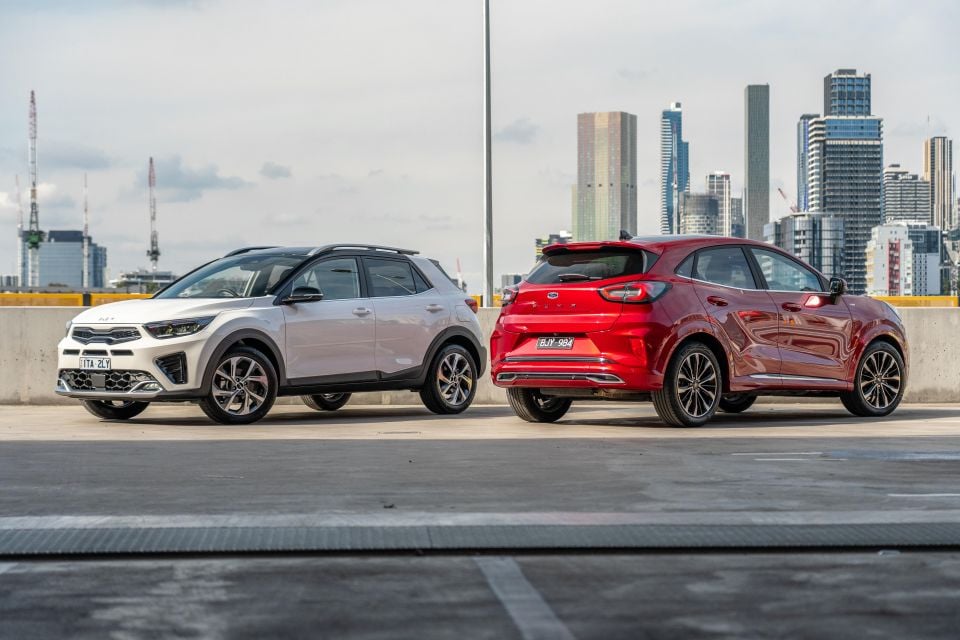
The smartest approach, if you can, is to cull your original shopping list to two top targets.
You can have a longer list, but having too much choice can become confusing and stressful.
Too many people get lost in their internet research, discovering far too much choice in one of the most competitive car markets in the world.
There are more than 50 brands with Australian showrooms, even though the total annual sales are just over one million vehicles, compared to 30-something brands in the 13-million world of the USA.
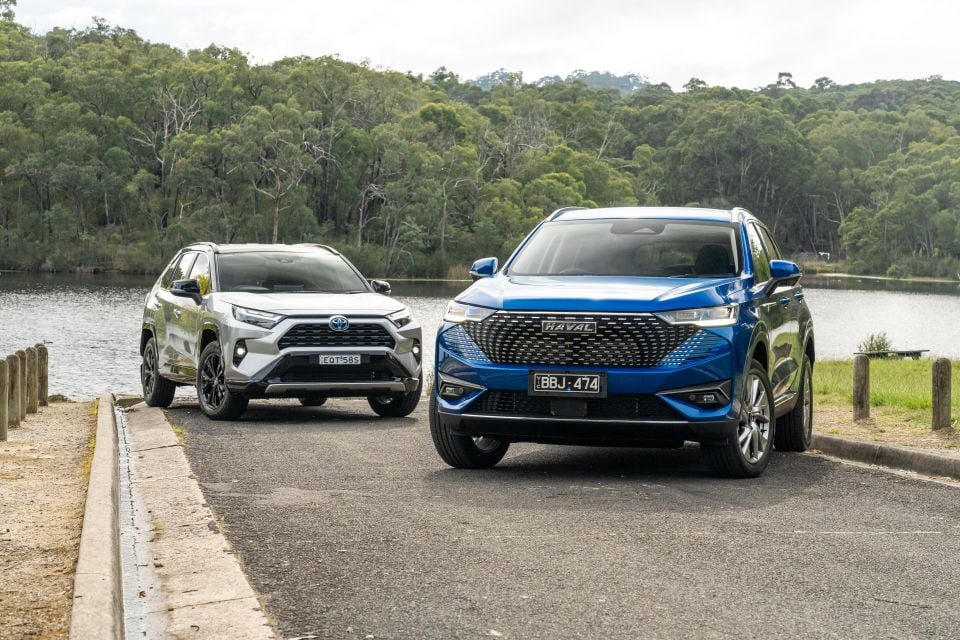
Hard to make the cull?
Consider your favourite brands, the advice of friends, what you see and like on the road – and in the carpark – and the comparison tests from CarExpert.
It gets easier if you can also focus your priorities and cull that number.
Is price the most important thing, or is it the number of seats? Do you want sporty performance, or maximum boot space for three young kids?
Lists sound boring, but with something as complicated as car buying they can help to maintain your focus – and set your top priorities.
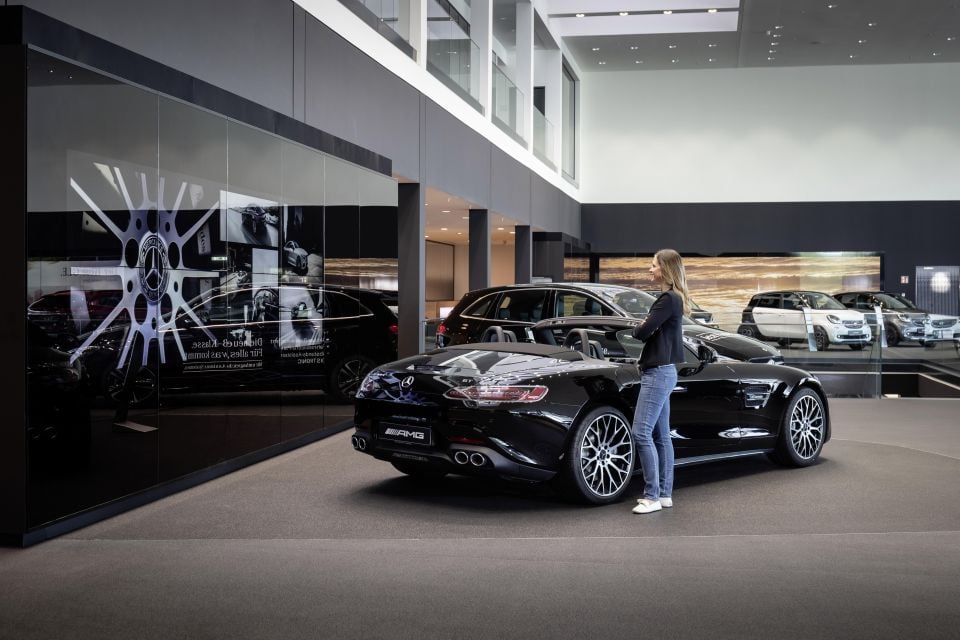
Once you’re ready to hit the showrooms, it’s vital not to rush.
Never buy the first car you see or drive. If you’re coming out of something older, any new car is going to look and feel great.
Browsing is the best approach. Look, touch, feel. This is the time to enjoy the process, not to feel rushed and pressured. Remember, you have the power. You can walk away at any time.
Later in the process, it’s just as vital to also slow down as you work through the buying process. Remember that sales people – and even online ordering systems – do this all the time, so they are the experts.
If you don’t understand or you’re not happy then ask questions. If you don’t get the answers you want or need, walk away.

Buying a new car almost always involves more than one person. So don’t leave them at home, even if there are five kids.
Compromise is the key word, so let everyone provide their input – it could be the comfort of the driver’s seat or the access to the back row in a family SUV.
Youngsters can often discover things you overlook, from the essential USB outlets to visibility from the back seat.
The process at the dealership always begins with a walkaround, so keep it slow and controlled.
Definitely don’t get rushed up to the fully loaded model with all the bells and whistles. Stay focussed on your research and your needs. And your budget.
If you haven’t been able to cull your shortlist to a couple of cars, the first visit to the dealership will often do the job. If it’s not right, it’s should be out.
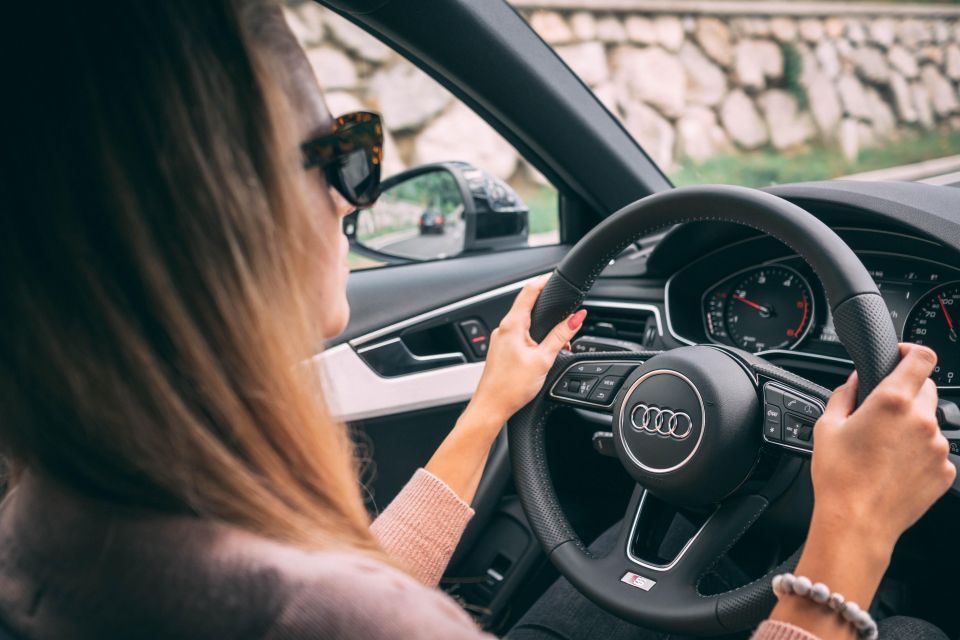
Now it’s time for the test drive, try to cut the fuzz.
Be calm and relaxed, ask questions, check the technology, settle in behind the wheel. Before you start the engine – or the electric motor – ensure you have a plan. Once again, don’t be rushed.
Focus on the basics – comfort, visibility, steering, brakes and engine response – and remember that any new car is going to feel better than your current ride.
The first drive can be short, but it should never be the decider. You need to get the car on home ground, on familiar roads, and without the interfering voice of a salesperson to confuse you.
If you’re serious about buying, be serious about the test drive. Demand a longer drive so you can get to know the car.
Those giant alloy wheels look good in the showroom, but do their low-profile tyres crash through potholes down the road or set up a dreadful drumming at highway speeds? Is the sexy styling cramping your view? Is the technology confusing and over-done? Are the kids cramped in the back?
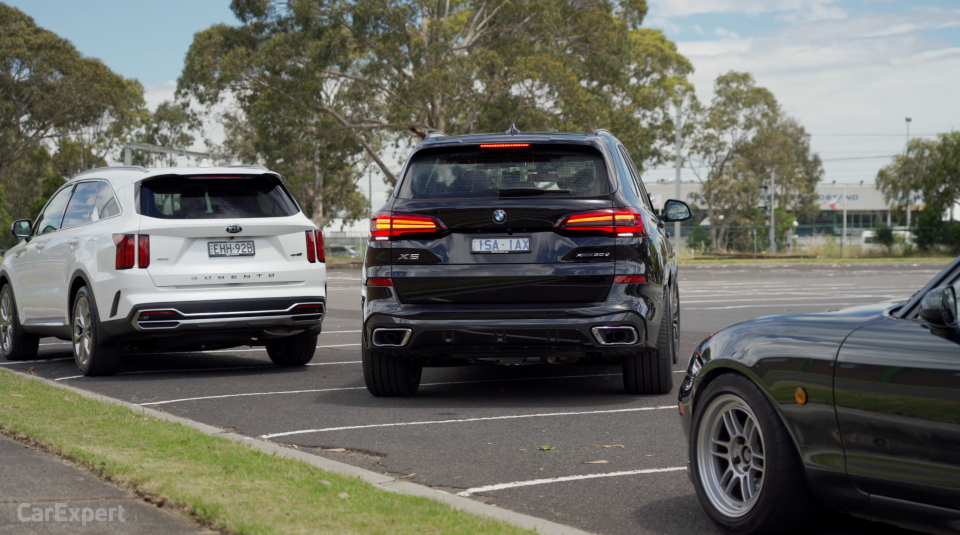
Modern cars are big and bulky. Anyone who has ever parked in the tight confines at an airport knows it. So take a detour into a shopping centre and see how you go.
Visibility in SUVs can be dreadful for parking, a dual-cab pickup can be ponderous, and then there are doors which might be too heavy or don’t open wide enough.
Also try a reverse park, just the way you did for your driving test. You might be surprised what you learn.
If the car has an automatic parking system, try it. Some only work for reverse parking, others with parallel parking as well, but you need to know.
Once you’ve stopped, check the access to the boot and to the back doors. If it’s going to be a family car, this stuff is vital. So, too, can be the distance from the ground to the boot, and the way the tailgate opens and closes – systems where you ‘kick’ under the tail can be tricky.
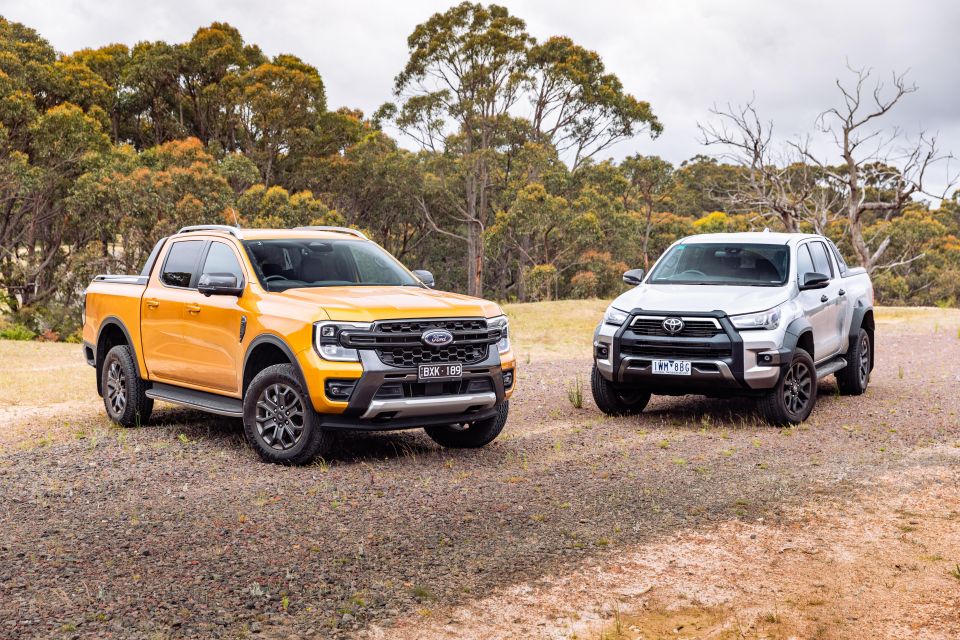
One run is rarely enough. If you have two grand final contenders, you’re going to have at least two test drives.
Drive both cars on the same roads at the same time of the day. It might seem silly, but traffic conditions tend to colour your view.
Then go back to the lists. Pluses and minuses. Check the balance between your two – or more – potential picks.
It’s best to do this at home, on paper or the computer. Remember to consider what you want and what you need.
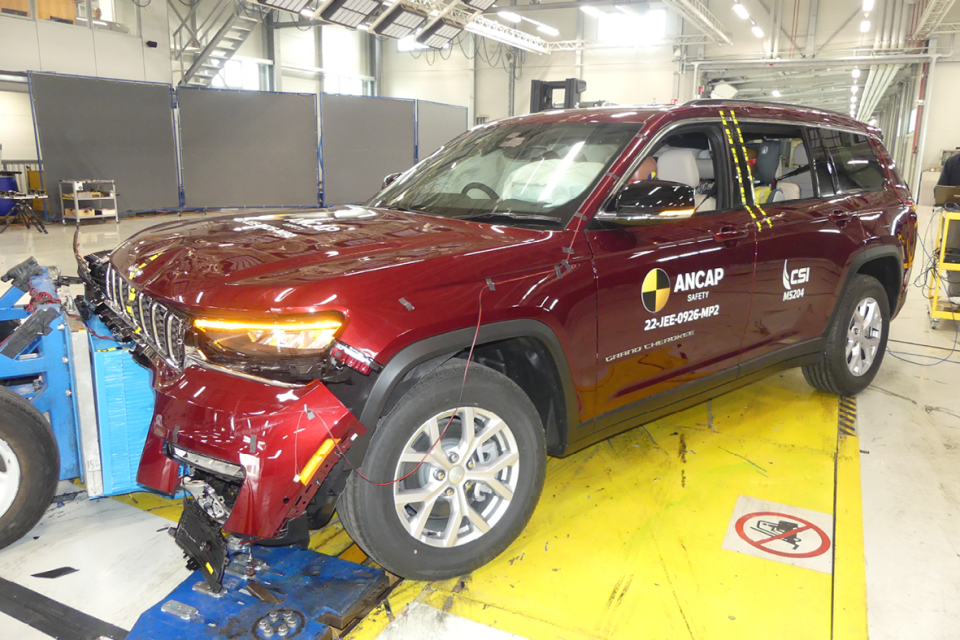
Check and double-check what you intend to buy.
Check everything from the performance and fuel economy to the ANCAP safety score. Do it for the exact car you’re looking to buy – make and model, equipment level, drive system and seating.
After the final test drive, also consider your emotional reaction to the car. This is always important, and also ask about every little detail.
Does the car have a spare tyre, or a space-saver, or run-flats? Do you get the brilliant LED lights on your model?

Never sign anything on the first visit to a dealership or a website. Tell the staff you’re only interested in some basic facts and figures.
Once you have completed your test drive, give yourself a ‘cooling off’ period at home. Let everything sink in. Be calm and considered.
If you need it, take another test drive. Never be afraid to go again.
Then, and only then, dive into the details of the purchase – from ordering to pricing, warranty to roadside assistance.
Never be rushed, always ask questions, and don’t be bullied into buying anything you don’t want or need, from floor mats to costly paint protection or finance packages.
As always, take CarExpert along for your ride.
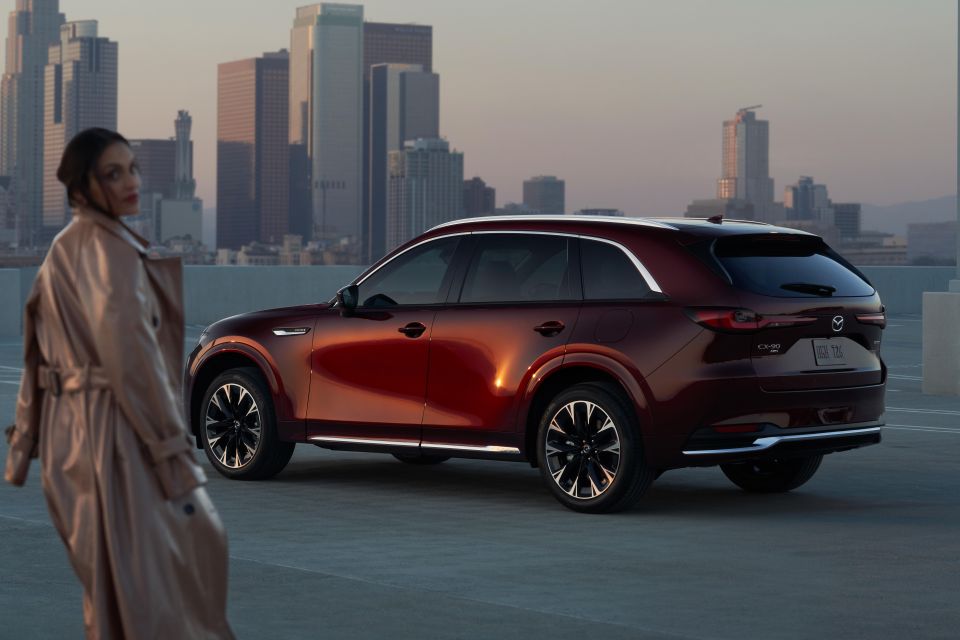
This is a bonus. And it’s important.
Drive the car home, park it in the driveway, then go inside.
Walk out, look at the car, and see if it makes you smile. If it does, then it’s a winner.
If your reaction is a lukewarm ‘meh’, then think again. Remember, your new car is going to be with you for a long time.
To find out more about how CarExpert can take the hassle out of buying a new car, click here.
Paul Gover is one of the most experienced and respected motoring journalists in Australia. After more than 40 years on the automotive beat there is nothing he has not done, yet he still brings the enthusiasm of a rookie. He has worked in print, digital, radio, television and for every major publisher in the country. He is also a national motor racing champion and once co-drove with Peter Brock at Bathurst.


William Stopford
4 Days Ago
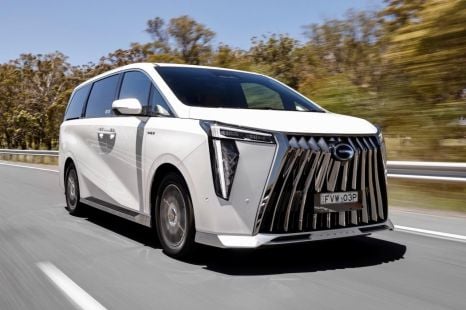

Ben Zachariah
3 Days Ago


Ben Zachariah
2 Days Ago
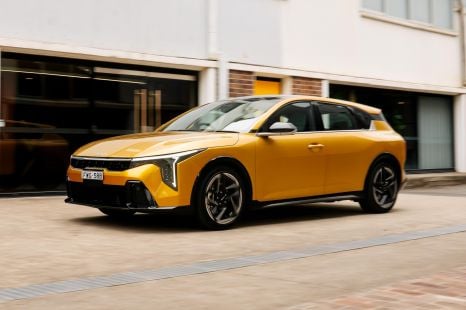

James Wong
16 Hours Ago
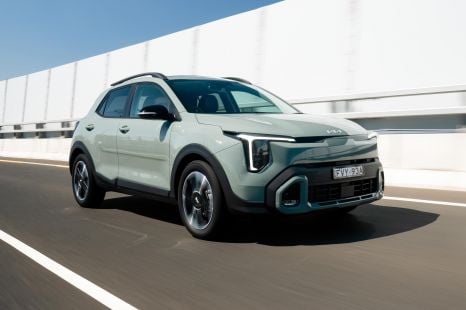

James Wong
16 Hours Ago
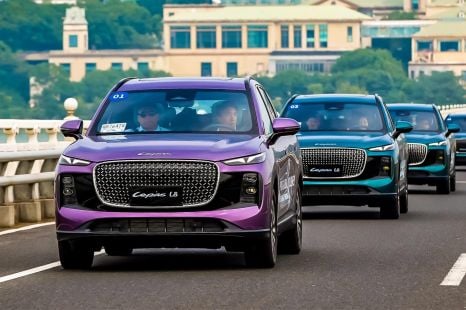

James Wong
9 Hours Ago